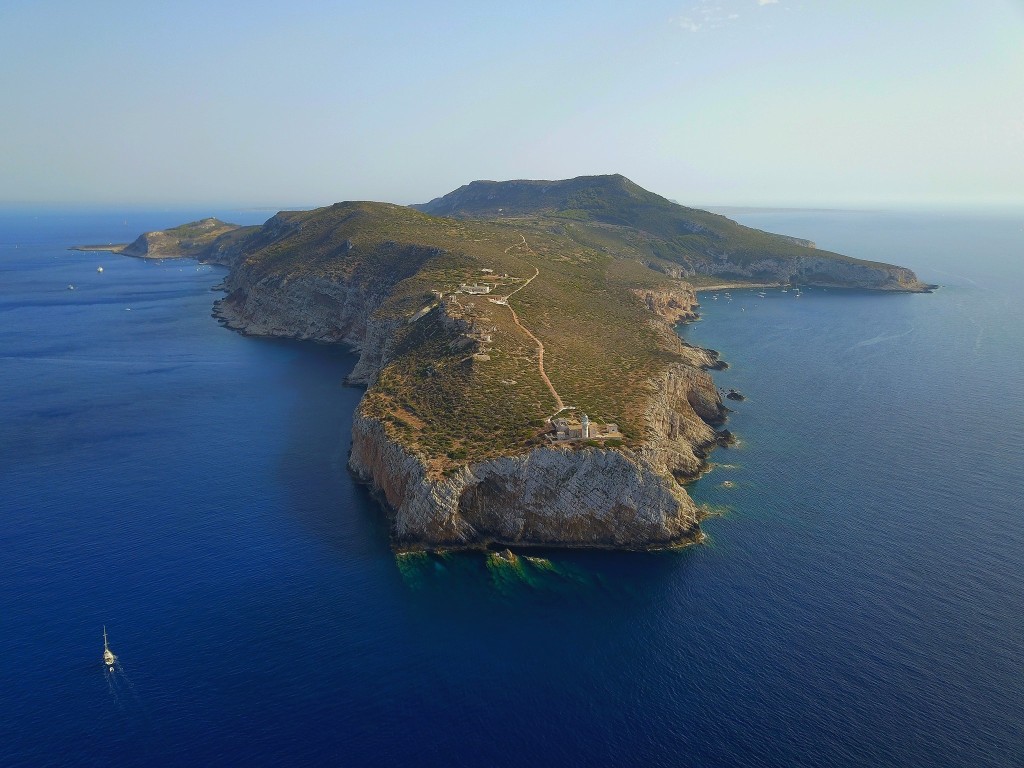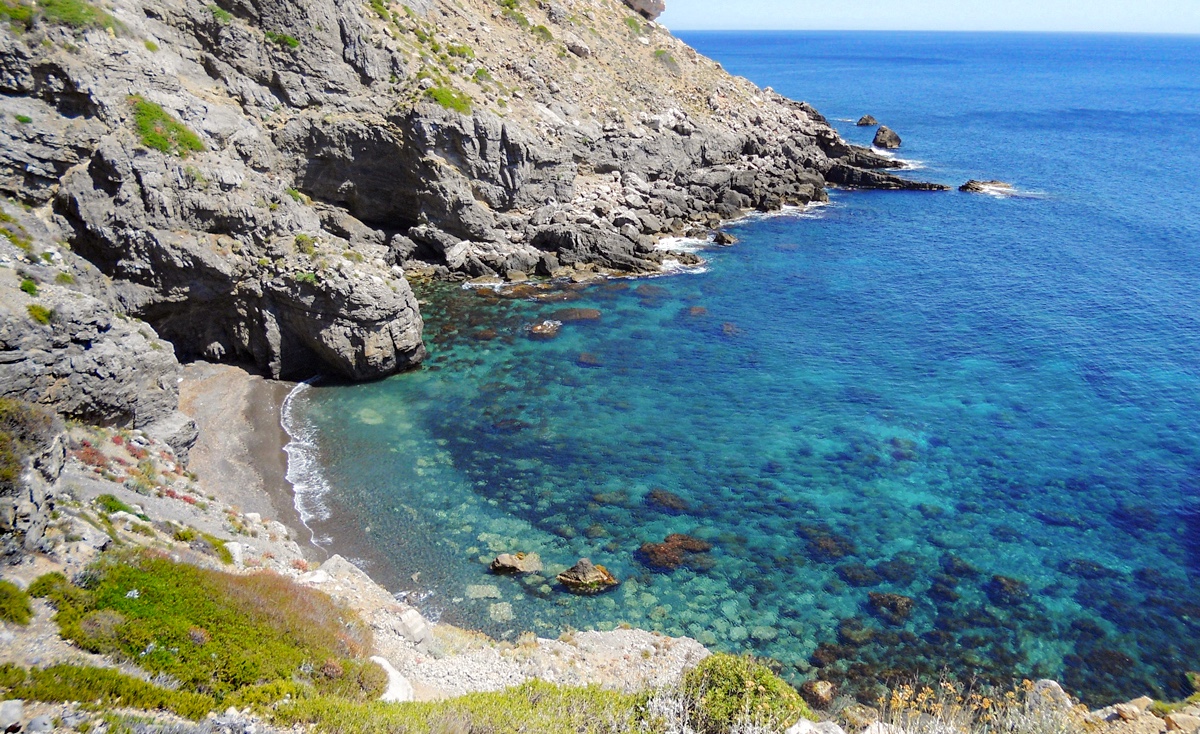The Coastal Marine Environment of Marettimo And Levanzo
Marettimo and Levanzo are the smaller islands of the Egadi archipelago, along with the island of Favignana, off the northwestern coast of Sicily. Their seabeds are an area of particular value, with peculiar geomorphological, naturalistic, and environmental features. The marine area surrounding the two islands is subject to regulatory protection constraints for zone A, B, C in Marettimo and for zone B, C in Levanzo.
The coastal geomorphology of the islands of Marettimo and Levanzo is mainly characterized by high dolomite cliffs, small rocks, and detrital deposits of carbonatic rocks dating back many million years ago (Ma), from the Triassic to the lower and middle Jurassic (250-160 Ma approximately). Overall, they are high coasts articulated by the presence of several coves, where over time the erosive action of the sea, together with the karst phenomenon, have often created emerged caves of particular landscape interest. For example, there is the case of the Grotta Cammello located north of the town of Marettimo and the Grotta del Genovese on the northwestern coast of the island of Levanzo. There are also numerous submerged caves, distributed along the island perimeters in the submerged zone of the rocky substrate made up of Triassic dolomites. Primary fracturing processes, karstic dissolution, and abrasive mechanical action of the sea have together created various submerged morphologies such as collapse cavities, cracks, passages, and galleries, mostly unknown.
The seabed of the islands of Marettimo and Levanzo is essentially composed of substrate with Mesozoic carbonate rocks (250-65 Ma approximately) and further offshore of medium to coarse-grained carbonate sands of organic origin, consisting mostly of remains of animal and plant organisms, forming an overall biodetritic bottom. The contact between the limestone rock outcrops (which are the submerged part of the limestone complex that forms the core of the island) and the sediments that cover the seabed is generally very close to the island, usually about 1 km from the coast at a depth of about 30-40 m. Such a contact is significantly articulated and consists of steep scarps, with sub-vertical walls, intensely fractured and covered with abundant marine flora and fauna. In addition, large cones of debris and rockfalls are widespread on the seabeds up to about 20-30 m deep.
On the overhanging walls and shallows, biological communities of particular value such as the coralligenous develop, while the meadow of Posidonia oceanica colonizes the sandy and rocky seabeds of both islands up to a depth of about 40 m. The Posidonia meadow, a priority habitat (Habitat Directive 43/92/CEE), is one of the most important ecosystems in the Mediterranean and constitutes a valuable habitat for the ecological role it plays and the associated biodiversity. It is a breeding and nursery area for many species, reduces the energy of currents and waves, contributes to the stability of seabeds, and protects beaches also thanks to the accumulation of stranded leaves. The 'ecological' services provided by the Posidonia meadow, including protection against coastal erosion, refuge for fish species, and oxygen production, represent a significant economic value.
Great interest is represented by cave environments where populations vary towards the interior according to the progressive reduction of light and hydrodynamics, reproducing those changes in animal and plant life forms that we normally find at greater depths.
The caves also constitute habitats and shelters for cryptic fauna, including crustaceans and fish. Among the latter, the presence of the fish known by the common name of brotula (Grammonus ater) should be noted in Marettimo, an abyssal species that can rarely be encountered in the dark parts of shallow caves.
In the shallower and less illuminated rocky environments of the infralittoral zone of both islands, it is quite common to identify the band formed by the colonial orange madreporarian Astroides calycularis, an endangered species. In Levanzo, it is possible to encounter the gastropod mollusk Umbraculum umbraculum, recognizable for its size (up to 20 cm in diameter), with a reduced shell compared to the animal, whose mantle presents colors ranging from white to yellow and orange.
It is absolutely worth mentioning that in the Marettimo seabed, at depths accessible to divers, there are some rather rare species for the Mediterranean, of high biological value and undoubted attractiveness for scuba diving tourism: small specimens of the ophiuroid Astrospartus mediterraneus and colonies of the cnidarian Savalia savaglia, improperly called "black coral".
-
Information
-
Contacts

